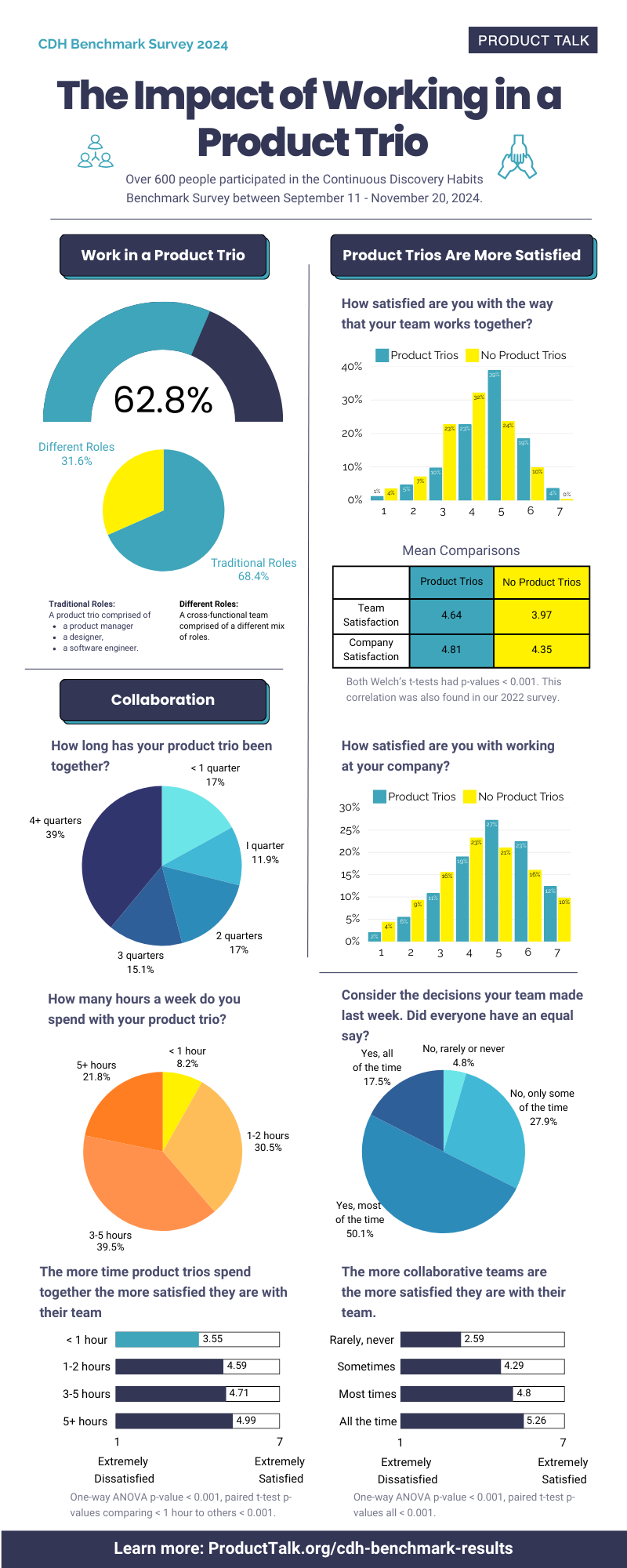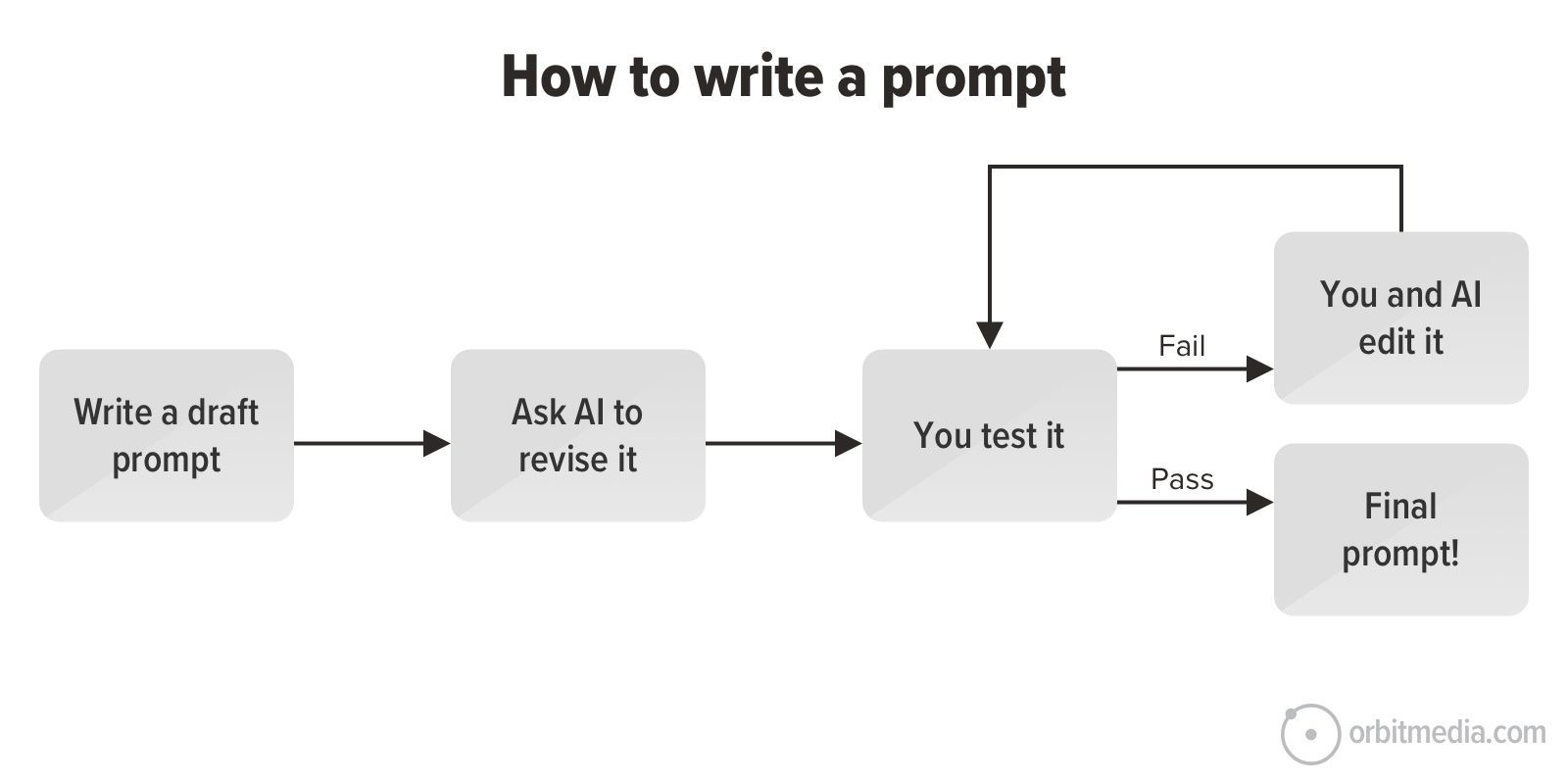2025 Trends in Figma to HTML Conversion You Need to Know
Discover the top 2025 trends in Figma to HTML conversion, including clean code, responsive design, automation, and performance-first practices.

As web design continues to evolve, the process of converting Figma designs into high-performance HTML websites has become more critical than ever. Businesses, developers, and agencies are increasingly focusing on efficiency, clean code, and seamless user experiences. If you're looking to convert Figma to HTML, stay ahead of the competition by understanding the 2025 trends in Figma to HTML conversion that are reshaping modern web development.
In this article, we’ll explore what’s new, what’s changing, and how tools, techniques, and expectations around Figma to HTML CSS conversion are evolving in 2025.
1. Automation Meets Customization
In previous years, automation tools that export Figma to HTML were primarily used for basic layouts. While convenient, the output was often bloated or lacked responsiveness. In 2025, that’s changing. Automation tools are now powered by AI and machine learning, enabling more refined and customizable exports.
These tools can now:
-
Analyze design layers more intelligently
-
Generate HTML and CSS with semantic structure
-
Offer component-based exports for frameworks like React or Vue
However, while AI-based automation is improving, the human touch still matters—especially when quality, accessibility, and performance are critical. Many developers combine automation with manual refinement to get the best of both worlds.
2. Demand for Clean, Maintainable Code
Businesses are no longer satisfied with just converting Figma visuals into functional code—they want maintainable, scalable, and semantic HTML and CSS. Developers now focus on:
-
Accessibility standards (WCAG compliance)
-
SEO-friendly markup
-
Performance optimization
-
Reusable code components
Tools like Figma2HTML.com specialize in helping you convert Figma to HTML while ensuring the final output is lightweight, organized, and production-ready. This trend of professional-grade coding will continue dominating 2025 and beyond.
3. Rise of Component-Based Front-End Frameworks
Gone are the days when static HTML and CSS were enough. With the rise of modern frameworks like React, Vue, and Next.js, many developers are looking to export Figma to HTML in a way that integrates smoothly with these technologies.
In 2025:
-
Developers use Figma’s component structure to map directly to front-end components
-
HTML is often combined with JavaScript or TypeScript frameworks
-
Figma to HTML conversion workflows are now tailored for web apps, not just websites
If you’re working on a modern project, ensure your HTML export supports this flexibility, or partner with a service like Figma2HTML.com that offers component-friendly conversion.
4. Responsive Design is Non-Negotiable
With users accessing websites on everything from smartphones to widescreen monitors, responsive design is essential. One of the biggest expectations in Figma to HTML CSS workflows in 2025 is flawless responsiveness.
This includes:
-
Mobile-first breakpoints
-
Flexbox or CSS Grid layout techniques
-
Touch-friendly elements
-
Adaptive images and fonts
The design phase in Figma must include responsive layouts, and your developer or conversion tool should reflect that in the exported HTML.
5. Accessibility First Approach
Accessibility isn’t just a best practice anymore—it’s often a legal requirement. In 2025, converting Figma designs into HTML requires adherence to accessibility standards from the start.
Key accessibility improvements include:
-
Alt text for images
-
Semantic HTML (e.g., using
<button>instead of a styled<div>) -
ARIA roles and keyboard navigation support
-
High-contrast themes and text resizing
Make sure your Figma export to HTML includes accessibility compliance as a core feature, not an afterthought.
6. Dark Mode & Theming Capabilities
Figma has made it easier than ever to design with multiple themes in mind, especially light and dark modes. Developers converting these designs to HTML are now expected to support:
-
CSS variables for easy theme switching
-
User preference detection (e.g.,
prefers-color-scheme) -
Consistent UI across themes
When you convert Figma to HTML, ensure your CSS is flexible enough to adapt to future design theme needs without rewriting large portions of code.
7. Performance-First Coding Practices
In 2025, speed is a ranking factor and user expectation. As a result, Figma to HTML CSS workflows are more performance-focused than ever. The conversion process must minimize:
-
Unused styles or scripts
-
Large image files
-
Excessive DOM elements
Performance optimization trends include:
-
Lazy loading images and videos
-
Minified CSS and JS
-
Clean HTML structure
-
Critical CSS injection
Services like Figma2HTML.com deliver HTML that balances visual fidelity and loading speed—an essential competitive edge in today’s web environment.
8. Integrated Design-to-Code Pipelines
Figma’s plugins, APIs, and developer handoff tools have improved significantly, making collaboration between designers and developers smoother. In 2025, tools like Anima, Locofy, and Figma-to-Code extensions support direct Figma export to HTML, but with more precision and custom configuration.
You can now:
-
Generate export-ready code within Figma
-
Sync updates between Figma and your codebase
-
Use tokens and variables from design systems
This connected workflow reduces communication gaps, speeds up iteration, and allows developers to start building faster.
9. Sustainability & Green Coding
Surprisingly, sustainable web design is emerging as a strong trend. This includes:
-
Reducing resource-heavy code
-
Minimizing server requests
-
Ensuring faster load times
The link between performance and sustainability is strong, and modern Figma to HTML conversion processes aim to reduce code bloat, contributing to faster, more eco-friendly websites.
10. Outsourcing to Specialized Figma to HTML Agencies
As projects become more complex and deadlines tighter, many businesses are turning to agencies that specialize in Figma to HTML services. These agencies offer:
-
Guaranteed pixel-perfect conversion
-
Manual coding with best practices
-
Support for advanced frameworks and SEO
A dedicated partner like Figma2HTML.com provides a full-service experience from file analysis to final deployment, ensuring quality, consistency, and speed.
Conclusion
The future of Figma to HTML conversion is more than just exporting files—it's about transforming well-crafted designs into high-performing, scalable websites. Whether you're looking to export Figma to HTML, generate clean CSS, or build out responsive layouts, staying on top of these 2025 trends is key.
As the tools improve and expectations rise, partnering with a trusted service like Figma2HTML.com ensures your website doesn’t just look great—it performs brilliantly.








































































































![Building A Digital PR Strategy: 10 Essential Steps for Beginners [With Examples]](https://buzzsumo.com/wp-content/uploads/2023/09/Building-A-Digital-PR-Strategy-10-Essential-Steps-for-Beginners-With-Examples-bblog-masthead.jpg)














![How to Use GA4 to Track Social Media Traffic: 6 Questions, Answers and Insights [VIDEO]](https://www.orbitmedia.com/wp-content/uploads/2023/06/ab-testing.png)







![Technical Sourcer [United Kingdom] at Olo](
https://nodesk.co/remote-companies/assets/logos/olo.e9c56827507b669046f71750846f8032542be84192a2248413f8421b2e5a2769.jpg
)























